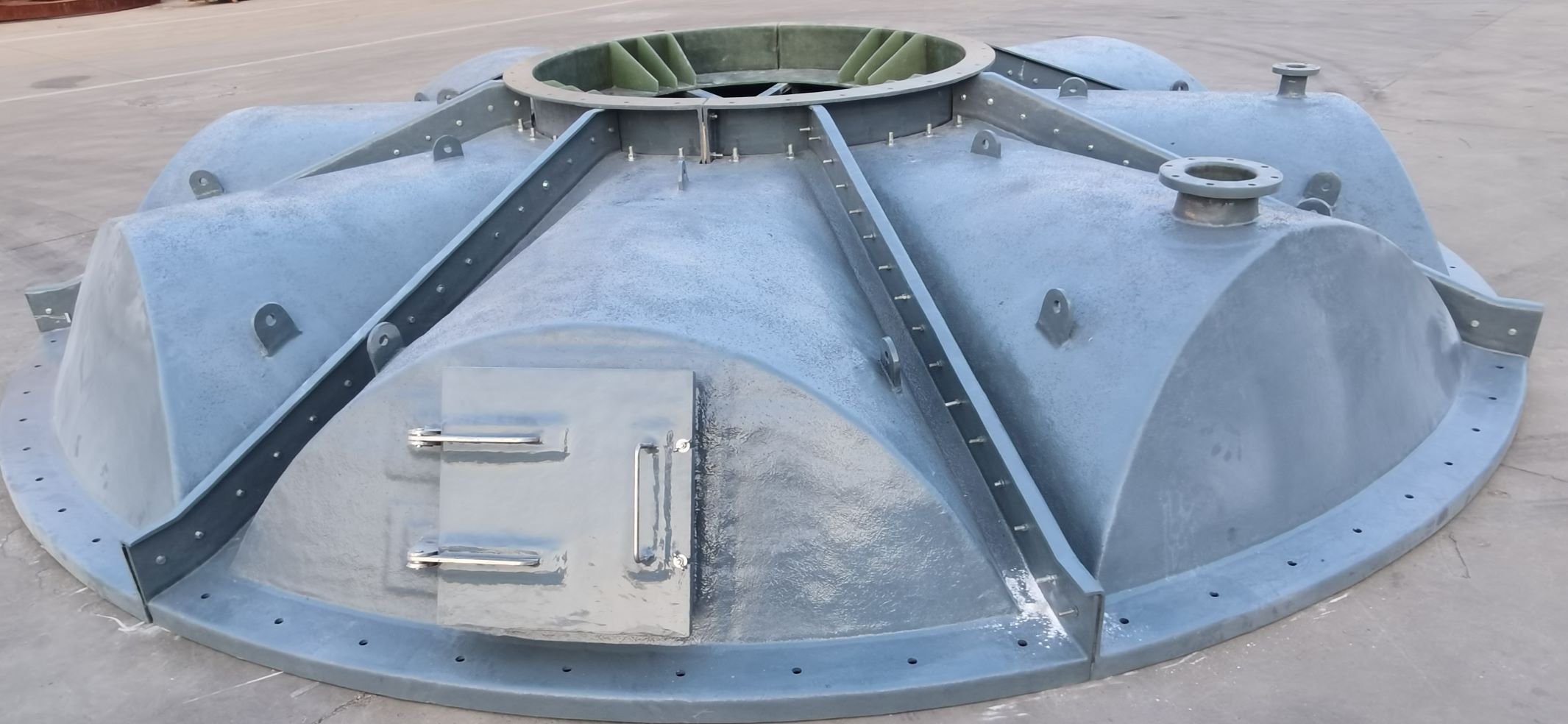
-
 Afrikaans
Afrikaans -
 Albanian
Albanian -
 Amharic
Amharic -
 Arabic
Arabic -
 Armenian
Armenian -
 Azerbaijani
Azerbaijani -
 Basque
Basque -
 Belarusian
Belarusian -
 Bengali
Bengali -
 Bosnian
Bosnian -
 Bulgarian
Bulgarian -
 Catalan
Catalan -
 Cebuano
Cebuano -
 China
China -
 China (Taiwan)
China (Taiwan) -
 Corsican
Corsican -
 Croatian
Croatian -
 Czech
Czech -
 Danish
Danish -
 Dutch
Dutch -
 English
English -
 Esperanto
Esperanto -
 Estonian
Estonian -
 Finnish
Finnish -
 French
French -
 Frisian
Frisian -
 Galician
Galician -
 Georgian
Georgian -
 German
German -
 Greek
Greek -
 Gujarati
Gujarati -
 Haitian Creole
Haitian Creole -
 hausa
hausa -
 hawaiian
hawaiian -
 Hebrew
Hebrew -
 Hindi
Hindi -
 Miao
Miao -
 Hungarian
Hungarian -
 Icelandic
Icelandic -
 igbo
igbo -
 Indonesian
Indonesian -
 irish
irish -
 Italian
Italian -
 Japanese
Japanese -
 Javanese
Javanese -
 Kannada
Kannada -
 kazakh
kazakh -
 Khmer
Khmer -
 Rwandese
Rwandese -
 Korean
Korean -
 Kurdish
Kurdish -
 Kyrgyz
Kyrgyz -
 Lao
Lao -
 Latin
Latin -
 Latvian
Latvian -
 Lithuanian
Lithuanian -
 Luxembourgish
Luxembourgish -
 Macedonian
Macedonian -
 Malgashi
Malgashi -
 Malay
Malay -
 Malayalam
Malayalam -
 Maltese
Maltese -
 Maori
Maori -
 Marathi
Marathi -
 Mongolian
Mongolian -
 Myanmar
Myanmar -
 Nepali
Nepali -
 Norwegian
Norwegian -
 Norwegian
Norwegian -
 Occitan
Occitan -
 Pashto
Pashto -
 Persian
Persian -
 Polish
Polish -
 Portuguese
Portuguese -
 Punjabi
Punjabi -
 Romanian
Romanian -
 Russian
Russian -
 Samoan
Samoan -
 Scottish Gaelic
Scottish Gaelic -
 Serbian
Serbian -
 Sesotho
Sesotho -
 Shona
Shona -
 Sindhi
Sindhi -
 Sinhala
Sinhala -
 Slovak
Slovak -
 Slovenian
Slovenian -
 Somali
Somali -
 Spanish
Spanish -
 Sundanese
Sundanese -
 Swahili
Swahili -
 Swedish
Swedish -
 Tagalog
Tagalog -
 Tajik
Tajik -
 Tamil
Tamil -
 Tatar
Tatar -
 Telugu
Telugu -
 Thai
Thai -
 Turkish
Turkish -
 Turkmen
Turkmen -
 Ukrainian
Ukrainian -
 Urdu
Urdu -
 Uighur
Uighur -
 Uzbek
Uzbek -
 Vietnamese
Vietnamese -
 Welsh
Welsh -
 Bantu
Bantu -
 Yiddish
Yiddish -
 Yoruba
Yoruba -
 Zulu
Zulu
frp products for thermal and nuclear power
FRP Products for Thermal and Nuclear Power Enhancing Efficiency and Safety
Fiber Reinforced Plastics (FRP) have emerged as crucial materials in various industrial applications, notably in the thermal and nuclear power sectors. These composite materials combine high strength and lightweight properties, making them ideal for components that require durability and resistance to harsh environmental conditions. The application of FRP products in these power generation fields streamlines operations, enhances safety, and promotes sustainability.
Advantages of FRP in Power Generation
1. Corrosion Resistance One of the most significant advantages of FRP products is their exceptional resistance to corrosion. In thermal and nuclear power plants, various components are exposed to aggressive chemicals and extreme conditions. Traditional materials, like metals, are prone to corrosion, which can lead to structural failures and costly maintenance. FRP's inherent resistance to chemical degradation ensures longevity and reliability, reducing the frequency of repairs and replacements.
2. Lightweight and High Strength FRP materials are lighter than conventional materials, allowing for easier handling and installation. This lightweight characteristic is particularly advantageous in nuclear power plants, where heavy components can complicate the installation process and increase operational risks. The high strength-to-weight ratio of FRP enables the construction of robust structures without the unnecessary burden of excessive weight.
3. Thermal Insulation Properties In thermal power plants, managing heat is critical for efficiency. FRP products exhibit excellent thermal insulation properties, helping to maintain optimal temperatures and reduce energy losses. This thermal efficiency not only contributes to the overall performance of power plants but also aids in achieving compliance with environmental regulations.
Applications of FRP in Thermal and Nuclear Power
frp products for thermal and nuclear power

1. Containment Structures In nuclear power plants, safety is paramount. FRP is utilized in the construction of containment structures, providing robust barriers that can withstand seismic activity and external impacts. The non-conductive nature of FRP materials also adds an extra layer of protection against electrical hazards.
2. Piping Systems FRP piping systems are increasingly being adopted in thermal power plants due to their lightweight nature and corrosion resistance. These pipes can efficiently transport steam, water, and other essential fluids. Their durability reduces the risk of leaks or ruptures, which can lead to hazardous situations and operational downtimes.
3. Cooling Towers Cooling towers are vital components of thermal power plants, responsible for dissipating excess heat. FRP materials are used to construct cooling tower structures because they are resistant to the effects of water and chemical exposure. By preventing corrosion and wear, FRP gives a longer lifespan to cooling towers, ensuring consistent performance and minimizing maintenance costs.
4. Instrument Panels and Control Rooms The electrical systems in thermal and nuclear power plants require materials that provide insulation and protection from electromagnetic interference (EMI). FRP is used for instrument panels and housing for control systems, ensuring both safety and functionality in critical operational areas.
Conclusion
The integration of FRP products in thermal and nuclear power generation represents a significant advancement in materials engineering. With their superior properties, FRP materials not only enhance the performance and longevity of power plants but also contribute to safer and more efficient operations. As the demand for cleaner energy sources continues to grow, the role of FRP in supporting sustainable practices and resilience in the power sector will undoubtedly expand, paving the way for innovative solutions in the face of evolving challenges in energy production.









